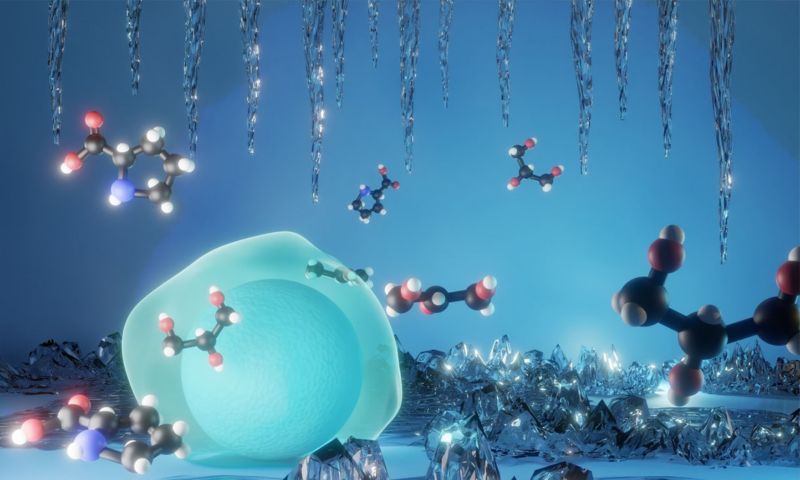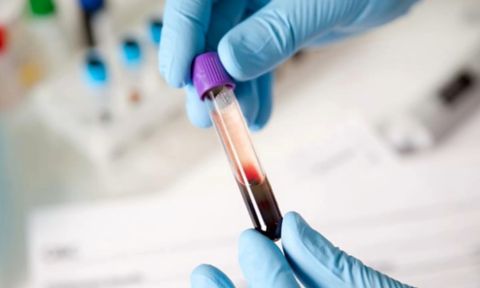About 1,850 people are on the waiting list for an organ transplant in Australia, while more than 100,000 Americans are waiting for a transplant.
Bryant said transplant waiting lists could become a problem of the past, as the RMIT team’s discovery of new cryoprotective agents could lead to the development of potentially thousands more that could help keep donated organs viable for years, rather than hours.
“For the past 50 years cryopreservation practices have largely relied on the same two cryoprotective agents, but they don't work for organs and many cell types,” she said.
Cryoprotective agents are like the antifreeze that you put in your car to stop the engine freezing as they allow the storage of cells at very low temperatures, Bryant said.
“These agents help to protect against damage during cryopreservation, primarily from dehydration and freezing by preventing the formation of ice crystals that can damage cells,” she said.
“Ice crystals cause damage inside cells. Cryoprotectants stop ice forming, leading to a glassy structure instead that can solidify but doesn't cause the same sort of damage as ice crystals.”
The research team discovered a cryoprotectant with two agents, proline and glycerol, was effective for all four cell types tested, including skin and brain cells, which were incubated with the cryoprotectant at 37 degrees Celsius before being frozen.
“This cryoprotectant was more effective and less toxic than its individual components,” Bryant said.
“This is one of the first times that this class of solvents has been systematically tested for cryopreservation of mammalian cells.
“This study could lead to the development of potentially thousands of new cryoprotective agents that may be tailored to specific cell types.”
Bryant said incubating these cells with the cryoprotectant at 37 degrees Celsius for several hours prior to freezing and keeping them viable is a crucial step towards the storage of organs and tissues.
“It means we could expose organs to the cryoprotectants for long enough for them to penetrate into the deepest layers of the organ without causing damage,” she said.
“We have a long way to go with our research, as we've only looked at single cells and it's a much more complicated process for organs.
“But if we can develop this approach to store organs, we could eliminate organ shortages – there would be no waiting lists at all.”
As a next step, the RMIT team will investigate ways to cryopreserve new cell types, including some that cannot be frozen and kept viable using current methods.
“We're also working with Lifeblood to investigate cryopreservation of blood products such as platelets, which are vital for the treatment of patients who have suffered significant blood loss,” Bryant said.
“Current technology only enables the storage of platelets for up to a week, but with successful cryopreservation they could be stored for years.”
‘Deep eutectic solvents as cryoprotective agents for mammalian cells’, with RMIT co-authors Saffron Bryant, Miyah Awad, Aaron Elbourne, Andrew Christofferson, Andrew Martin, Nastaran Meftahi, Calum Drummond, Tamar Greaves and Gary Bryant, is published in the Journal of Materials Chemistry B (DOI: 10.1039/D2TB00573E).
Story: Will Wright






